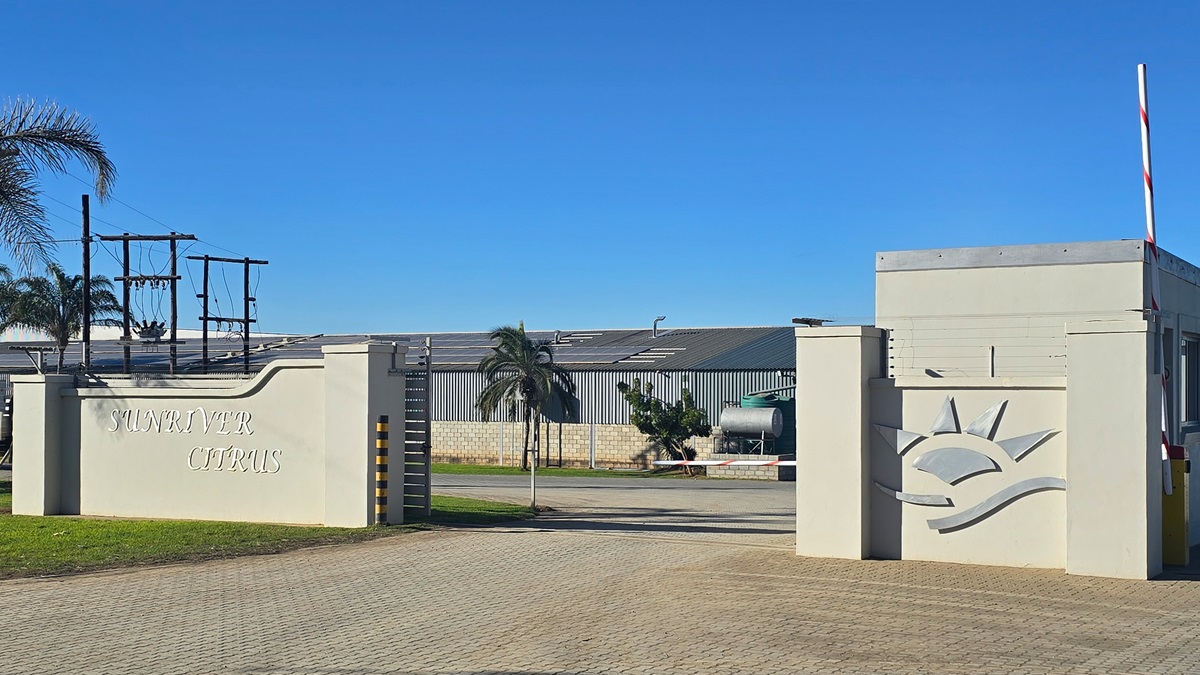Conditioning , Processing
Free eBook: When sorters become data generating machines
Phones, cars ... even thermostats and kitchen appliances. These days, every machine ? big or small ? uses data to create more possibilities for people to use them. Monitoring our health and fitness. Optimizing our energy consumption. Navigating through traffic. Data and its benefits are everywhere. So why should sorting stay behind? Just like phones, cars or thermostats, sorters are rapidly becoming data generating machines. The result: improved sorting efficiencies, leading to higher yields, less waste, and improved recyclability.
06 January, 2022
Phones, cars ... even thermostats and kitchen appliances. These days, every machine big or small uses data to create more possibilities for people to use them. Monitoring our health and fitness. Optimizing our energy consumption. Navigating through traffic. Data and its benefits are everywhere. So why should sorting stay behind? Just like phones, cars or thermostats, sorters are rapidly becoming data generating machines. The result: improved sorting efficiencies, leading to higher yields, less waste, and improved recyclability. A new era in sorting: time for data-driven insights and optimizationSo, what happens when we start seeing sorters as smart and connected devices, or as we state in the title of this article: data generating machines? In short: instead of mainly relying on the sensors in our sorters to inspect and separate our products or materials, we start to learn from the information they provide. Information about how the machines are performing, about the products that pass through them, and the entire sorting process. In the free eBook When sorters become data generating machines TOMRA SORTING tells you more about the types of data your sorter can generate and how your operation can benefit from it.











